Delta 737 and American E175 taxis photographed in LGA in May. Delta’s share is 42%, American’s share is…(+)21%. (Photo credit: Charlie Tribalew
AFP (via Getty Images)
Sunbelt Airlines has network issues. We need to further expand our presence in other parts of the country, especially New York City.
American Airlines CEO Robert Isom briefly mentioned the flaw during the airline’s third-quarter earnings call Thursday, saying in response to an analyst question: You can see that we put more capacity in the north tier hub. ”
American Airlines is strong in the Sunbelt region, with two of the world’s three single airline hubs located in Dallas and Charlotte. However, this aircraft carrier is not very powerful in the north or west coast. This puts it at a disadvantage in competition with its peers Delta Air Lines and United Airlines. But the earnings call focused on the company’s continued recovery from its failed attempts to circumvent distribution norms.
Unlike its competitors’ earnings calls, American did not include executives such as Delta Air Lines President Glenn Hauenstein and United Chief Commercial Officer Andrew Nocera to discuss its network. Isom briefly addressed this topic, particularly in response to questions from JPMorgan analyst Jamie Baker. Mr. Baker asked. “I’m curious, what do you think are the biggest shortcomings on the network?” And more importantly, is management motivated or is addressing those deficiencies a priority? That’s what it means. ”
Mr. Isom replied: “We have a great network. We can take our customers anywhere in the world. We have the best partnerships in the biggest business and travel destinations around the world. I We have been proactive in making sure that we compensate for deficiencies, most notably with Alaska Airlines on the West Coast. We will strengthen our position on the East Coast with NEA. I tried.”
NEA, or Northeast Alliance, provided New York and Boston feed traffic for American Airlines in partnership with JetBlue. A federal judge wrongly ruled against the NEA, depriving passengers of a third option in New York.
Isom went on to say that LaGuardia and Kennedy airports are “heading into next year with our largest schedule of flights since the pandemic.” He also cited American’s main strengths in New York. ‘The best shuttle to London Heathrow’, a partnership between Transcon Flying and British Airways. Regarding the West Coast, he mentioned a partnership with Alaska Airlines.
“We are disappointed that American Airlines has not more aggressively addressed the estimated losses in Chicago and New York, which were the basis for questions about network deficiencies,” Baker said in a note after the earnings call. .
American Airlines has announced that it will add a JFK-Haneda route on June 28, 2025, making it the only airline to fly between New York and Tokyo. On November 5th, it will add daily flights to Bridgetown, Barbados, and on December 7th, it will add Saturday flights to three more Caribbean destinations.
Nevertheless, American Airlines’ position in the New York region is weak. Delta carried 30% of JFK’s passengers in the year that ended Aug. 31, compared with 24% for JetBlue and 12% for American Airlines, according to Port Authority airport statistics. In LaGuardia, Delta was ranked third with 42%, American Airlines with 21% and Southwest Airlines with 10%. In Newark, United was second with 65% and Spirit with 6%.
“In 2017, Robert Isom called New York a ’boutique operation,'” said Dennis Tajer, a spokesman for the Allied Pilots Association, which represents U.S. pilots. “They’re now fighting to keep it from becoming a bodega operation,” Tajer said. New York is “the biggest niche market, and they’re not addressing it.”
US Airways signed a deal with Delta Air Lines in 2011 before merging with American Airlines in 2013. I traded LaGuardia’s 132-slot pair for a Washington National’s 42-slot pair. This transaction significantly contributed to today’s alignment in LGA.
During the conference call, the emphasis on the company’s sales strategy “was a distraction from American’s problems with network and product quality,” Tajer said.
Given that New York is a wealth center, the weakness in New York likely reduced the value of American Airlines’ frequent flyer partnerships with Citibank and Barclays.
Steve Johnson, vice chairman and chief strategy officer, answered an analyst’s question about where American Airlines was hurt the most by abandoning its strategy to circumvent distribution norms. “Was the share loss really even across networks like DFW and Charlotte?” Evercore analyst Duane Fenigworth asked.
No, Johnson said. The hardest hit areas were “the most competitive metropolises: New York, Los Angeles, and Chicago.” We have definitely been hurt disproportionately in places where we are not as strong. ”Tajer said. “They’ve been cornered in a corner of New York. They’re now rushing back.”



